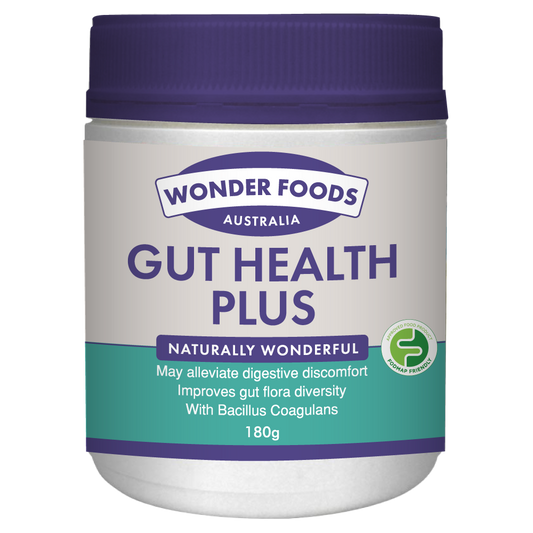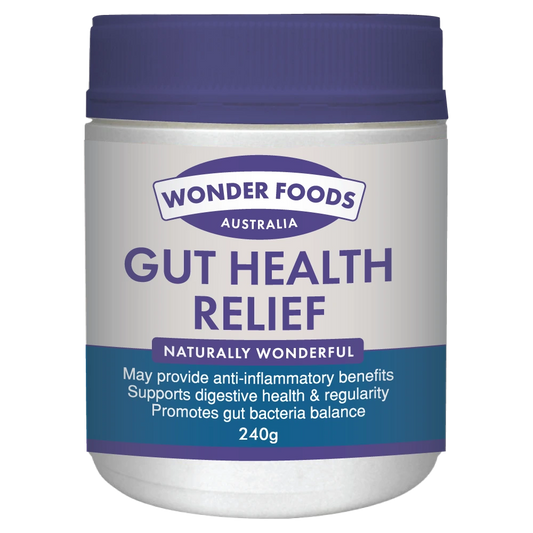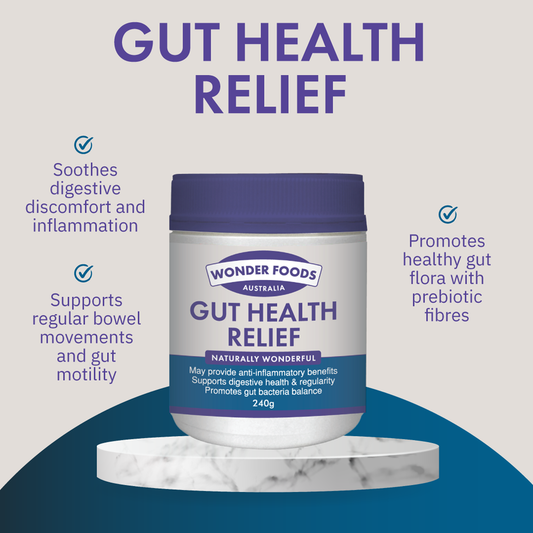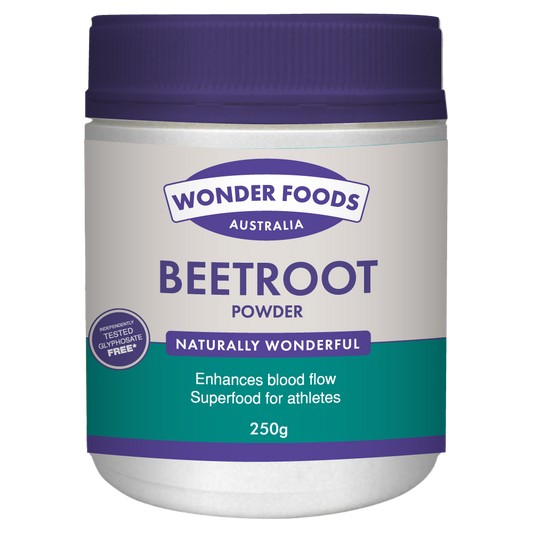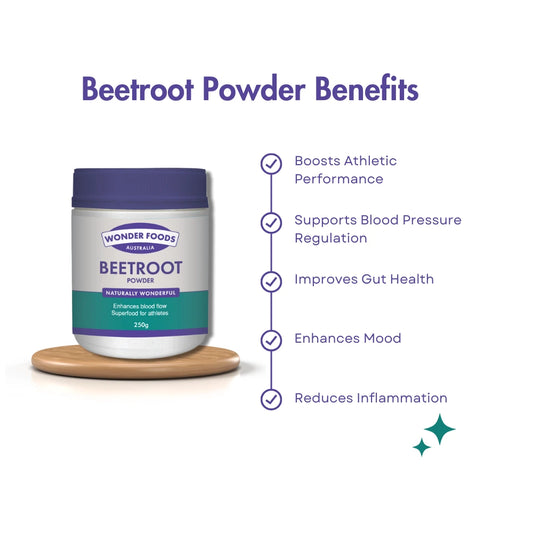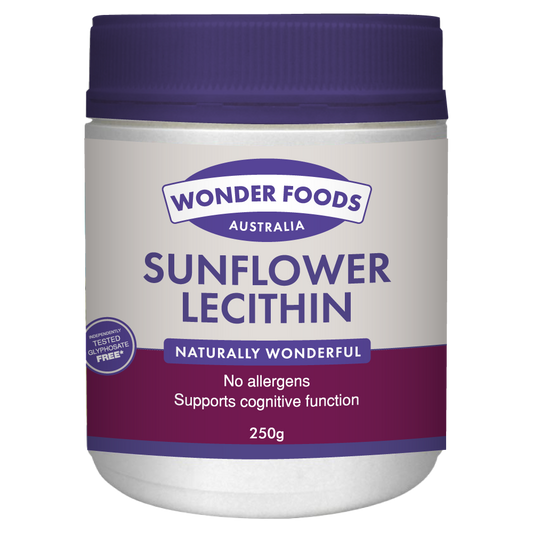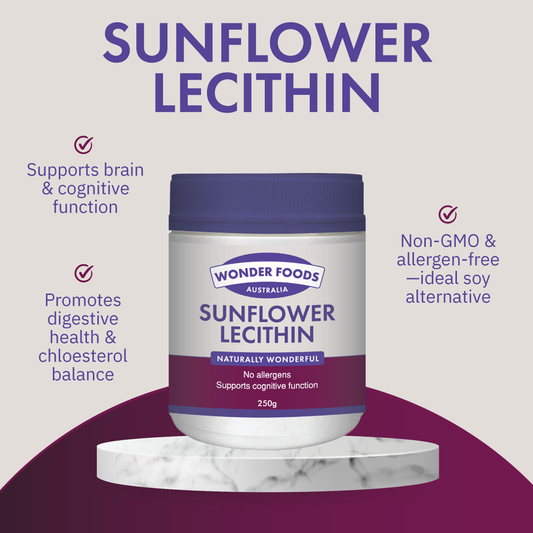
Lactose Intolerance or Gut Health?
TL;DR: Many people who think they’re lactose intolerant may actually have gut health issues or trouble digesting pasteurised/A1 milk. Fermented dairy, raw milk, and A2 milk are often easier to digest and can help rebuild tolerance while supporting gut health.
The surprising truth about dairy, digestion, and gut health
What Is Lactose Intolerance?
Lactose intolerance happens when your body struggles to digest lactose, the natural sugar in milk.
Normally, the enzyme lactase breaks down lactose so it can be absorbed.
Without enough lactase, symptoms like bloating, cramps, and diarrhea can occur.
But here’s the surprising part: many people who think they’re lactose intolerant… may not actually be.
And even if you are, there are ways to improve your tolerance.
Why Dairy Digestion Has Changed
Most dairy on supermarket shelves is pasteurised.
While pasteurisation might make milk safer, it also removes the beneficial bacteria and enzymes that can help your body digest lactose.
Raw milk, by contrast, contains natural probiotics that support gut health and help your body produce lactase enzymes.
Without these helpers, digesting lactose becomes much harder.
Not All Gut Issues Are Lactose Intolerance
Bloating, stomach pain, and gas can also be caused by IBS, food intolerances, or poor gut health in general.
That’s why it’s important to test properly:
- Try removing lactose from your diet for 2–3 weeks.
- If your symptoms remain, it may not be lactose intolerance after all.
Three Ways to Improve Dairy Tolerance
1) Fermented Dairy
- Yogurt, kefir, and cottage cheese are naturally lower in lactose
- Fermentation breaks down sugars and adds probiotics, making them easier to digest and gentler on your gut.
2) Raw Dairy
- Retains the enzymes and beneficial bacteria pasteurisation removes.
- Supports the natural production of lactase in your digestive system.
3) A2 Milk
- Milk contains proteins called A1 and A2 beta-casein.
- Research suggests A1 can produce BCM-7, a peptide linked with inflammation and digestive discomfort.
- A2 milk (from goats, sheep, buffalo, or special A2 cows) is often much easier to digest.
Building Tolerance: Start Small
If dairy upsets your stomach, try this method:
- Begin with small amounts of raw, fermented A2 dairy (like goat’s milk kefir).
- Give your gut time to adapt and build up beneficial bacteria.
- Slowly increase the variety and amount of dairy you consume.
Many people who thought they were lactose intolerant find they can enjoy dairy again — with better digestion and less discomfort.
Why Dairy Matters
High-quality dairy is one of nature’s richest sources of:
- Calcium (for bones and teeth)
- Protein (for muscle repair and energy)
- Vitamin B12 (for brain and nerve health)
- Healthy fats (for hormones and cell health)
Cutting out dairy completely without a replacement can leave nutritional gaps.
That’s why finding a way to enjoy dairy — in the right form for your body — is so important.
Support with Prebiotics
Supporting your gut is key if you struggle with dairy.
That’s where prebiotics like PHGG (Partially Hydrolysed Guar Gum) come in.
Prebiotics act as food for your beneficial gut bacteria, helping to improve digestion, reduce bloating, and support nutrient absorption.
By strengthening your microbiome, they not only make dairy easier to tolerate but also promote overall gut health, energy, and immunity.
Final Thoughts
Not everyone can tolerate dairy, but many people who have written it off may benefit from trying again with a smarter approach.
Fermented, raw, and A2 dairy can all make a big difference for your gut health and overall wellbeing.
So before you swear off milk and cheese forever, consider whether your “lactose intolerance” might actually be something your gut can work with — with the right support.
Wonder Foods offers this post for education purposes only. Please consult your Health Practitioner for personalised and specific information.




